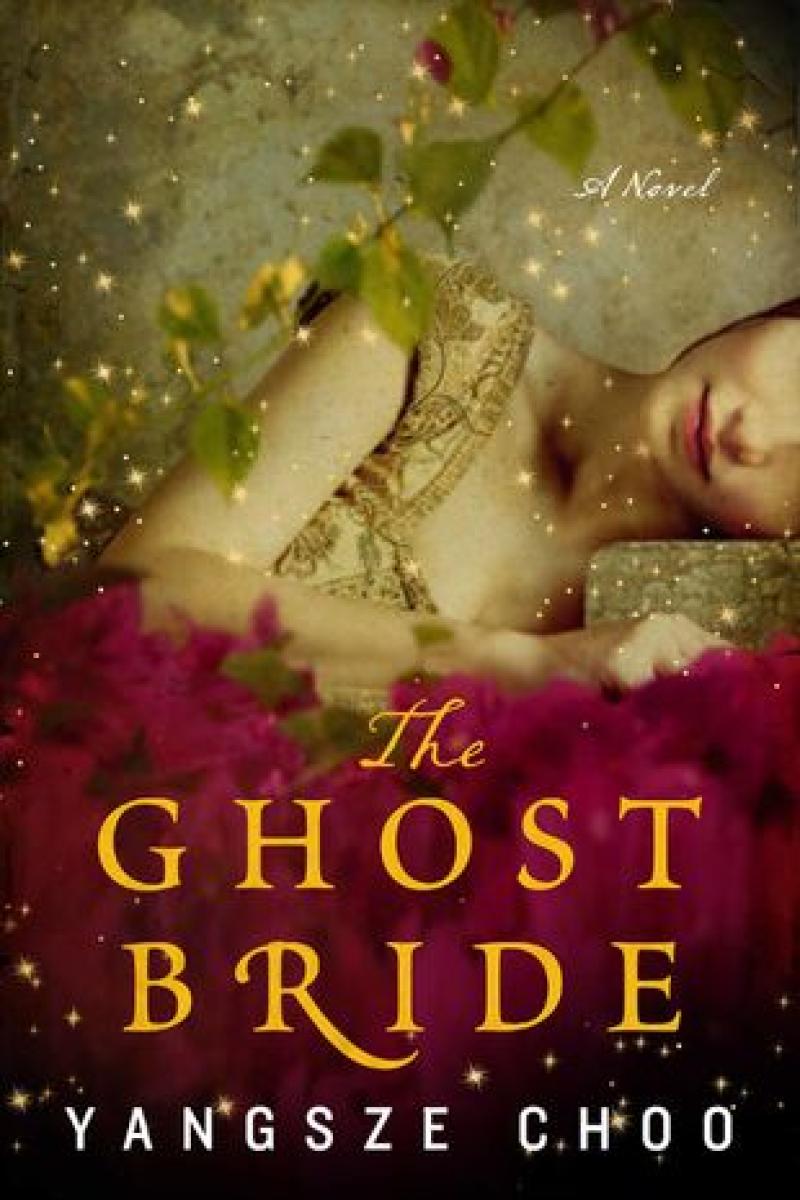THE GHOST BRIDE by Yangsze Choo
By: KIrkus Review of Yangsze Choo's novel The Ghost Bride

A young woman risks giving up the ghost as she roams the afterlife in Choo’s fascinating debut set in 1893 colonial Malaya.
Young Li Lan’s family was once rich and respected, but since her mother succumbed to smallpox when she was 4, her father, scarred from his own near-fatal struggle with the illness, has squandered the family fortune in a haze of opium. But she’s still shocked and disturbed when her father asks her if she’ll consent to become a ghost bride to the dead son of Malacca’s wealthiest family, the Lims. Marriage to a dead man isn’t exactly what Li Lan had in mind when she dreamed of her future, but after a visit to the Lim mansion, she does, indeed, dream of the dead son. Actually, the dreams are more nightmares since Lim Tian Ching is pretty creepy and persistent in his pursuit of Li Lan. He also informs Li Lan that his cousin, Tian Bai, the current heir—to whom she’s attracted—murdered him. The dreams, which haven’t exactly been conducive to a good night’s sleep, take a toll on Li Lan’s health, and she finally admits to her amah that she’s being visited by ghosts. Her amah takes Li Lan to a medium, who supplies her with potions. After taking more than the recommended dosage, Li Lan’s spirit leaves her near-lifeless body and enters the land of the dead and the near-dead, where she finds that most ghosts are pretty rude and uncivil. As she attempts to discover the true nature of Lim Tian Ching’s death, Li Lan enlists the assistance of a selfish spirit named Fan who guides her to the Plains of the Dead. Her investigation into the Lim household is fraught with danger as Li Lan’s spirit becomes weaker and she tries to avoid vicious ox-headed demons, Lim Tian Ching and other ghosts who wish her harm. But she’s not totally alone: A mysterious stranger in a broad-brimmed hat, an elderly-appearing servant and a cool steed help her.
Choo’s multifaceted tale is sometimes difficult to follow with its numerous characters and subplots, but the narrative is so rich in Chinese folklore, mores and the supernatural that it’s nonetheless intriguing and enlightening. A haunting debut.
Tags
Who is online
61 visitors



I was fascinated by this novel but it may be because it was so filled with Chinese folklore, customs, traditions and even reference to a character from the most famous Chinese novel, Journey To The West, so much of which I am familiar. It plays upon the meaning of the Chinese festival of Qing Ming Jie , known as Grave Sweeping Day, when Chinese people pay homage to their dead ancestors by cleaning their graves and burning fake money and objects made from paper and cardboard that would serve their deceased in the afterlife. The fact that I finished reading the novel on the day before the Qing Ming Jie Festival (which started today) is an amazing coincidence.
Here is a fairly comprehensive summary of the plot as related by GradeSaver:
Sounds like a good story. Will have to add it to my list.